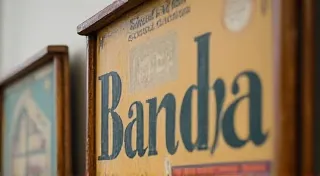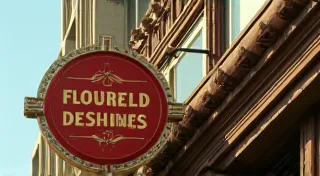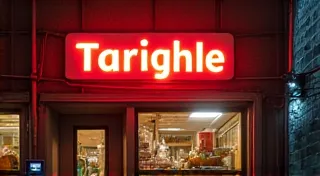Collecting Beer Advertising Signs: A Hoppy Pursuit
For collectors of vintage advertising signs, few areas are as iconic and sought-after as beer advertising. The history of brewing and the advertising that propelled these brands is rich, and the signs themselves offer a fascinating window into a bygone era. This article dives into the world of collectible beer signs, exploring popular brands, regional breweries, and what makes them so desirable to enthusiasts.
A Brief History of Beer Advertising Signs
Beer advertising has existed almost as long as beer itself. Early advertisements were simple painted signs displayed outside breweries and taverns. As printing technology advanced, more elaborate signs – lithographs, tin signs, and cardboard signs – emerged, becoming increasingly sophisticated and visually appealing. The rise of national brands in the 20th century fueled a boom in advertising, and beer signs became a common sight, adorning roadsides, bars, and businesses across the country. Regulations and shifting cultural trends eventually led to the decline of many of these displays, making surviving examples rare and valuable.
Popular Beer Brands and Their Signs
Certain brands are consistently sought-after by beer sign collectors. Anheuser-Busch brands like Budweiser and Michelob are perennial favorites, due to their wide distribution and often high-quality signage. Miller, Coors, and Schilling signs are also in high demand. The rarity of certain iterations, like porcelain signs or those with unusual artwork, significantly increases their value. Early advertising for brands like Pabst Blue Ribbon are prized for their historical significance. Understanding the different printing techniques involved in creating these signs, like lithography, can also provide valuable insights into their age and authenticity. For those curious about these processes, exploring the differences between litho vs. screen printing can be surprisingly informative.
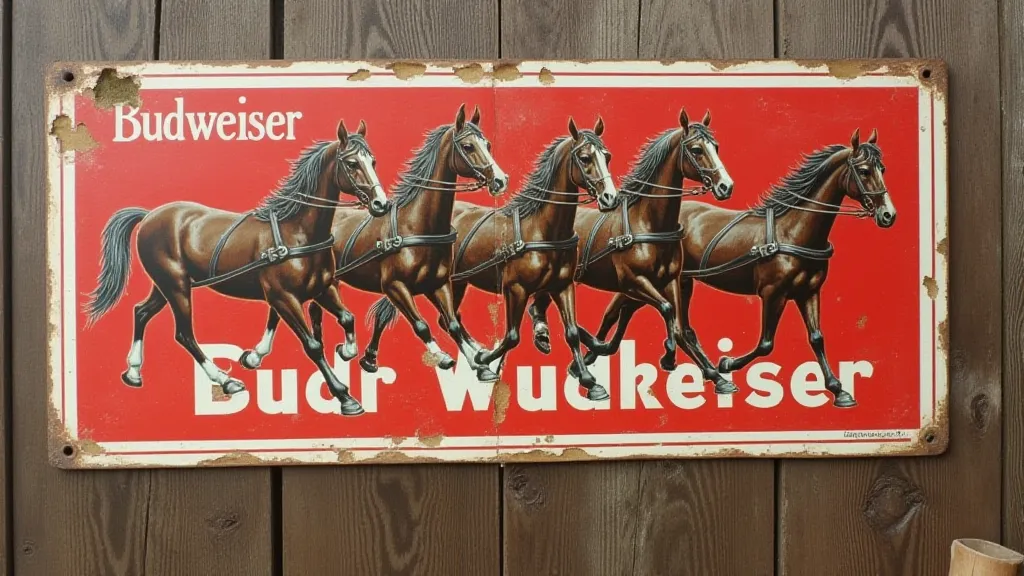
The Charm of Regional Breweries
While national brands dominate the market, regional breweries often hold a special appeal to collectors. These signs offer a glimpse into the unique brewing traditions and local cultures that once thrived across the country. Brands like Blatz (Milwaukee), Fehrenbacher (St. Louis), and Ballantine (Newark) represent a fascinating piece of brewing history. Finding signs from these smaller breweries is often more challenging, adding to their desirability. The search for these often-overlooked gems can be an adventure in itself, and those seeking broader horizons in sign collecting might find inspiration in exploring the world of farm and ranch advertising signs, a sector that also reflects a unique slice of Americana. The history of these signs, and the landscapes they advertised, is complex, and for those truly fascinated by the broad reach of vintage advertising, considering the "Cartographer's Palette: Mapping the Geography of Lost Advertising Landscapes" can offer fascinating insights into where these signs were found and the stories they tell.
Types of Beer Signs and Their Value
The material a beer sign is made from heavily influences its value. Porcelain enamel signs are generally considered the most desirable and valuable, known for their durability and vibrant colors. Tin litho signs are also common and sought-after, especially those featuring eye-catching artwork. Cardboard signs, while less durable, can be valuable due to their rarity or unique design. Reproduction signs exist, so it's crucial for collectors to learn how to authenticate signs and determine their originality. The value of a sign isn’t simply about the brand; it’s a complex equation involving material, rarity, condition, and design.
Factors impacting value include: Condition (signs in excellent condition command a premium), Rarity (signs from short-run promotions or lesser-known breweries are rarer), Design (visually appealing and iconic designs are more desirable), and Brand Recognition (well-known brands typically hold higher value). Furthermore, the story behind a sign—its history, its provenance—can significantly elevate its desirability among collectors.
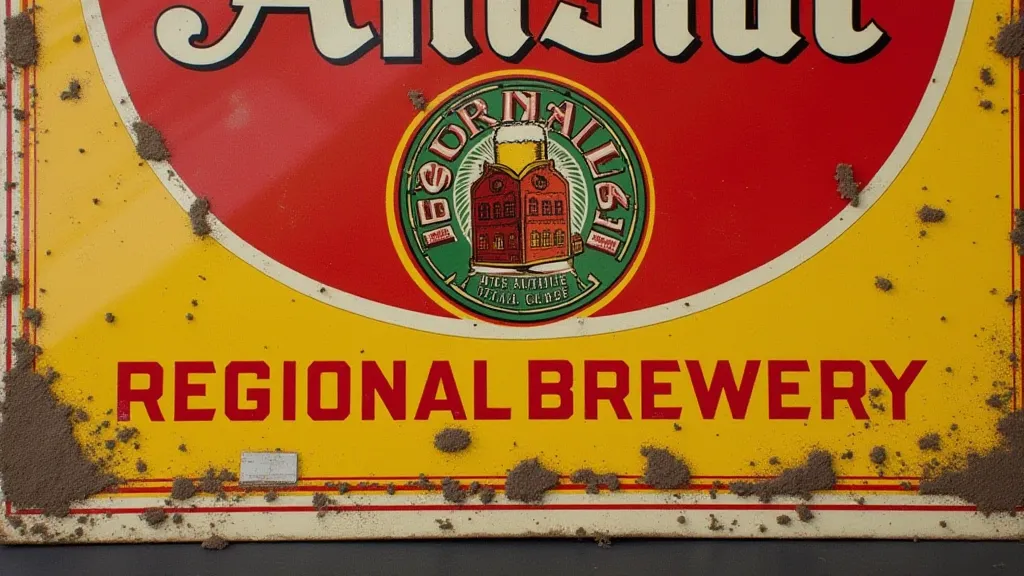
Collecting Tips and Authentication
For those new to collecting beer advertising signs, start by researching popular brands and identifying signs that appeal to you. Attend flea markets, antique shows, and online auctions to find potential additions to your collection. Learn to recognize common signs of wear and tear and to differentiate originals from reproductions. Consult with experienced collectors and refer to collector guides and price databases to gain a better understanding of the market. The dedication and research involved are just as rewarding as the acquisition itself.
Authentication is key! Examine the sign carefully for any inconsistencies in the font, colors, or artwork. Reproductions often lack the patina and imperfections of genuine vintage signs. Research the printing methods used by specific breweries to help determine authenticity. Paying close attention to details like the font used, the color hues, and the overall wear patterns can reveal a lot about a sign’s authenticity. If you're struggling to locate a sign or are looking to broaden your collection, consider exploring options for finding vintage advertising signs, as there are various avenues to pursue. Often, these signs are delicate and require careful handling, and preserving a valuable collection demands a deeper understanding of their composition. For many new collectors, ensuring the longevity of these treasures is paramount, and "Protecting Your Sign Collection: Storage and Display Tips" provides invaluable advice on preserving these historic pieces.
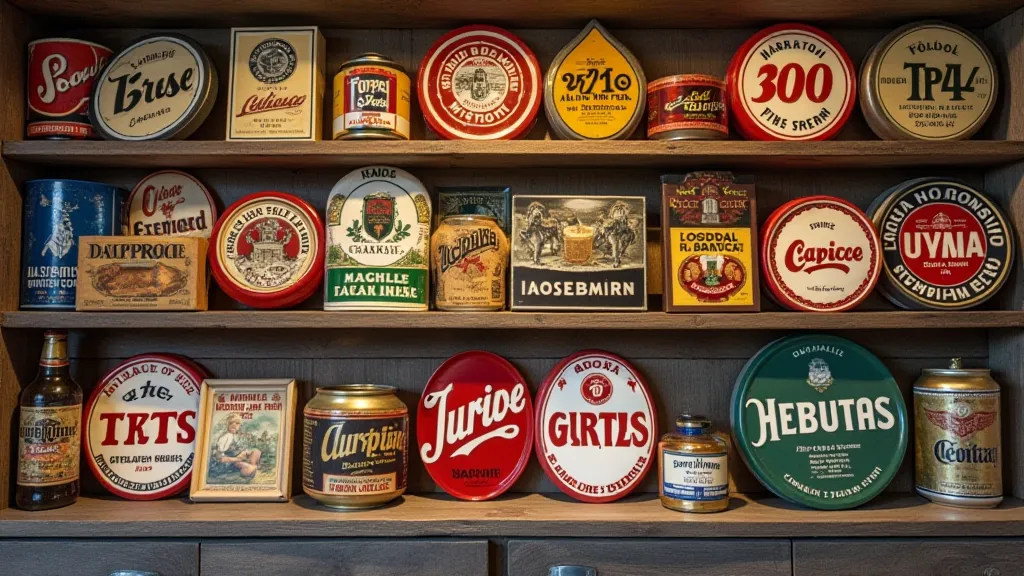
Beyond the Basics: Advanced Collecting Considerations
As you become more experienced, you’s likely want to delve deeper into the nuances of collecting. This might involve specializing in a particular era, a specific brewery, or a certain type of sign. Understanding the economic and cultural factors that influenced advertising campaigns can also enrich your appreciation. For example, consider the impact of Prohibition on brewing and advertising practices – it's a fascinating chapter in American history. Researching the history of a particular brewery can reveal incredible stories about the challenges they faced and the innovations they embraced.
The Allure of Rarity and "Holy Grails"
Every collector dreams of uncovering a true rarity, a “holy grail” sign that few others possess. These are often signs with unique artwork, limited production runs, or ties to significant historical events. The pursuit of these treasures can drive collectors to scour auctions and obscure flea markets, and the thrill of the hunt is often as rewarding as the discovery itself. While finding such treasures is challenging, the possibility always exists, adding a constant sense of excitement to the hobby. Discovering these rare items sometimes requires exploring areas of collecting that are less-traveled, looking at more than just popular beer brands. There are entire categories of advertising signs that are overlooked by many, offering exceptional opportunities for dedicated collectors. Understanding what constitutes a truly valuable and rare sign is crucial to building a significant collection. Often, the most prized signs aren’t just about brand recognition; they’s about the story they tell and the connection they provide to a bygone era. Exploring what makes certain signs truly exceptional often leads collectors to discover the broader spectrum of advertising collectibles and what makes some objects so highly coveted. The allure of porcelain enamel signs is particularly strong, and "The Enduring Appeal of Porcelain Enamel Advertising Signs: A Collector's Guide" illuminates the reasons behind their exceptional value and desirability.
Conclusion
Collecting beer advertising signs is a rewarding pursuit for those who appreciate history, design, and the enduring legacy of the brewing industry. From iconic national brands to regional gems, each sign tells a story of a time when advertising was a visual art form. With a little research, patience, and a keen eye, you can build a collection that is both beautiful and historically significant. It's a hobby that combines elements of history, art, and commerce, offering endless opportunities for discovery and appreciation. It's also a hobby that requires diligence, as the market is rife with reproductions. Knowing how to spot a fake is a crucial skill, and "The Art of Reproduction Signs: Spotting the Fakes" provides practical guidance for discerning authentic vintage pieces from modern imitations.

